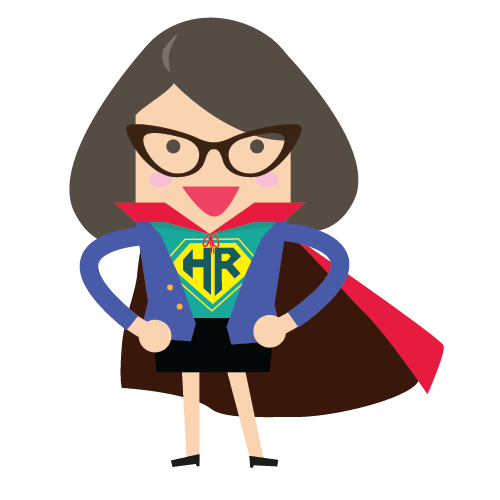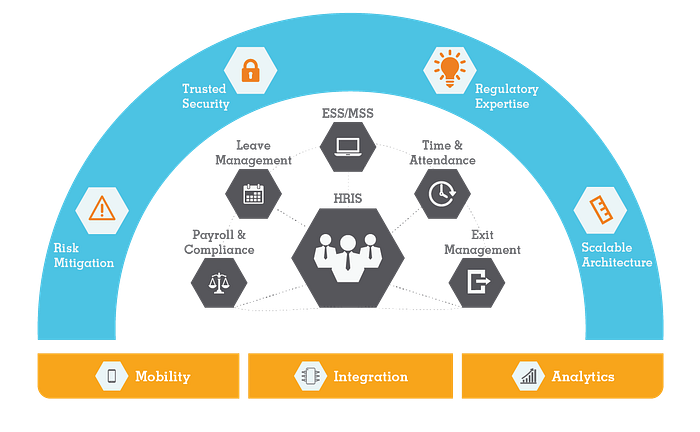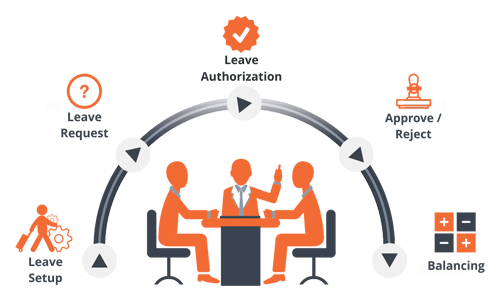Chatbots in Human Resource

Chatbots in HR
Chatbots are becoming an important part of many business processes. Their assistance domain extends from conversion and sales to customer support. Now it is time they venture out into the unchartered territory of human resources. Chatbots possess the ability to make the role of HR more strategic than being a mere support function. Although chatbots have been popular amongst the consumer-facing companies that use them for basic customer-service functions, a number of HR solutions and service providers have also lately concentrated most of their efforts on creating bots.
· Payal AI is one such out-of-the-box HR chatbot for employees of companies that get a lot of HR service requests from their employees. Payal AI improves communications with employees, can free up the time of HR staff, and even streamline job processes. Payal AI is designed to respond to employee HR questions in real-time. Instead of having to visit an HR department or wait for a reply to an email, employees can get answers to their questions right away using an AI-based chatbot.
· In addition, bots can use data collection to streamline job processes and boost productivity. Payal AI collects data on the questions that employees ask, and managers can use this to identify potential issues with company policies. The concept of workplace assistants is increasingly attracting attention as the use of machine learning and natural language processing techniques is making the machines more intelligent and interactive.

A new conduit for employees
1. Employees can connect with HR via mobile devices
According to the statistical findings messaging apps have taken over the social networks in terms of the average user base. It only makes sense to create a chatbot that acts as a channel of communication between HR and the employees. This will result in effective communication between the two groups as the traditional and much cumbersome task of being timely updated will be fast and much more simplified.
2. HR can respond in real-time, resulting in faster employee decisions
Sometimes HR teams can send out an overwhelming load of information, often during open enrollment. However, employees typically forget answers to important questions or throw away documents that are needed in the future. A chatbot for HR will answer questions in real-time, resulting in faster decision making for employees. An A.I. chatbot such as Payal AI becomes smarter over time and will learn to answers questions that are frequently being asked by employees. There will be questions that Payal AI won’t immediately be able to answer. Yet the HR team can train the bot to recognize common questions being asked, allowing HR to respond to fewer questions over time. This frees up the HR team to work on more strategic issues.
3. Chatbot can collect employee data to create more efficient processes
A chatbot for HR can be used for more than just answering questions. There is also the opportunity to use these bots to gather employee data to make informed decisions and create more efficient processes. For example, a chatbot such as Payal AI can collect real-time analytics to see what kind of questions employees are frequently asking. Let’s say that a majority of employees are asking questions about dental reimbursement delays. This data could indicate that something in the system isn’t working correctly. Before things get out of hand, an HR executive could detect the issue and let employees know that a solution is being implemented. HR teams could also look at employee data being collected via a chatbot to run sentiment analysis to understand employee satisfaction rates.
Bots can do a lot to make our lives easier, both inside HR and outside. All in all, the chatbot revolution in HR is just part of the bot revolution happening all around us. Machine learning and AI can find answers to questions faster than most humans can. If employees are willing to give chatbots a chance, they could dramatically reshape the way human resource departments are constructed and help employees get answers to questions with incredible efficiency.

BEST PRACTICES
The chatbot HR domain is restricted in the sense that it still functions as a to-do-list helper. To make it a completely digital workplace assistant the role of NLP and machine learning becomes important. That is exactly what a startup Mumbai based is aiming to achieve. Recently it came up with a new personnel management agent
The bot is the first component of what the firm hopes will eventually become a general-purpose “ChatOps platform” for automating business operations.
· Distributing meeting announcements, schedule changes and other important updates across the HR department. One may say that Slack (a chat service platform) is on it already but Payal AI takes it a notch above by providing the ability to schedule messages based on specific conditions.
Connect the chatbot to your HRIS
· The bot will also be responsible for handling the onboarding and training of employees. In this case, the bot will provide the employee with a general set of guidelines as well as guide him/her through the entire procedure of hiring.
Once hired the bot will be catering to the custom needs of the employee during the training segment and will provide all the HR support that a real executive is expected to do.
· The bot will make it possible to quickly create chat surveys about topics that require the input of the entire HR department. It will have the capability to handle every suggestion of every employee and also take into account various viewpoints and replies to multi-question surveys about important business subjects.
· Payal AI’s ability to accept feedback on seamless integration with its message distribution feature can create more advanced workflows. One potential use for the chat bot is automating approval chains that require moving documents back and forth between team members.
· Also the bot can add the third party integrations which enables users to get data from other HR apps as well. The key here is to be more user centric and department specific so that it can overcome the problems faced by general purpose bots. A startup named Howdy is already developing the latter feature which can broadcast team messages and run questionnaires in Slack.
A common task in many technology teams is the stand-up meeting. It takes a lot of time to come to terms with each team member’s issues and problems. The Howdy chat bot has automated the above process. First of all a stand-up is triggered by the project manager.
Starting an automated check-in meeting with a bot
Now the bot reaches out to every member of the team on Slack. The bot has an interactive conversation with each team memberin parallel and collects everyone’s responses.
Thus everyone involved has a single document to look at that contains the up to date status of the project in no time.
UX FOR HR BOTS
Aside from the reasoning we just walked through, there’s also the fact that humans are innately wired to have conversations. It’s part of our daily lives, and we rely on our devices to help us communicate every day.
It’s only natural that we begin to see businesses build where their users are active — messaging platforms — instead of trying to create and onboard users to new ecosystems they’ve created. Not only is it easier and more cost effective, it’s also a more natural form of communication. So it can be a better interface between the HR department and the employees.
The average person only uses 4–6 apps every day
Although the average smartphone owner has 27 apps on their phone, they typically only use 4–6 of those apps every day. And at the end of 30 days, only 3% of all apps retain their new users.
The effort required to download a new app and test it out to see if it could be the next to join our top 6 just isn’t worth the download anymore. Your users would rather have you integrate your services into an app they already use than download another app.
What this means
Stop wasting money trying to pull people into your ecosystem. Push your content where your users are already active.
Signifiers and Affordances
Right now, and for the foreseeable future, bots are fairly limited in what you can output to users. This lack of signifiers and affordances is both the challenge and benefit of creating an HR bot.
It’s a challenge because you have to figure out how to creatively use these fundamental elements to solve the problem.
It’s a benefit because it will force you to strip your experience to the most raw, meaningful experience possible.
Every interaction should have meaning and provide value.
Text Elements
The foundation of conversational interfaces is text. The same goes for HR bots as well.
Media Elements
You’re currently allowed to use images on every bot platform, including SMS. Accepted formats include JPEG, PNG and GIF. Some platforms allow you to send videos and audio, but that’s about as far as you’re going to get and that’s only on the bleeding edge of bot platforms.
HR chat bots of future will have the ability to ease off the mechanical and complex issues and tasks of the present day HR workplace by reducing the complexities involved in processes such as filling up enrollment forms, no individual employee grievance redressal mechanism and staff feedback on key office decisions.
It’s Time to Create the Future
Bots are a powerful tool when they’re created properly. And they’re only going to get more and more powerful as time goes on. So, we suggest that you get give your employees an HR assistant today
Nice informative article....
ReplyDeletebest dentist for kids, best pediatric dentist in dubai